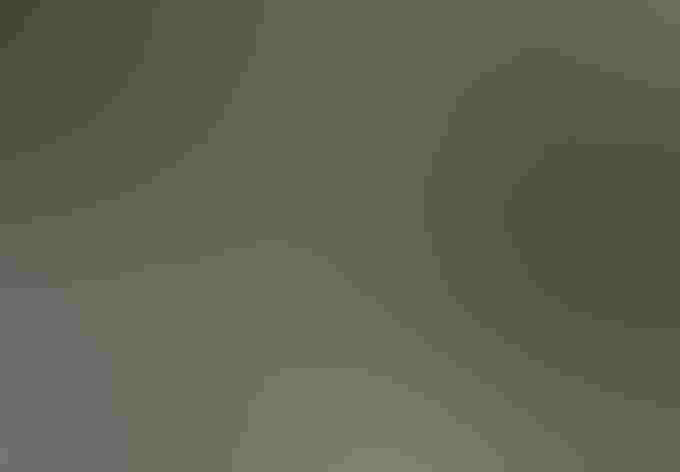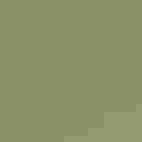Verdin
At a Glance
Tiny but tough, Verdins are adaptable little birds of hot desert regions. They are usually seen singly or in pairs, flitting about actively in the brush, sometimes giving sharp callnotes. The birds may build several nests per year, including new ones to sleep in on winter nights. These conspicuous, bulky stick nests may last for several seasons in the dry desert air, and often seem more numerous than the Verdins themselves.
All bird guide text and rangemaps adapted from Lives of North American Birds by Kenn Kaufman© 1996, used by permission of Houghton Mifflin Harcourt Publishing Company. All rights reserved.
Category
Perching Birds, Verdins
IUCN Status
Least Concern
Habitat
Desert and Arid Habitats, Shrublands, Savannas, and Thickets, Urban and Suburban Habitats
Region
California, Plains, Southwest, Texas
Behavior
Direct Flight, Flitter, Hovering
Population
7.200.000
Range & Identification
Migration & Range Maps
Permanent resident.
Description
4-4 1/2" (10-11 cm). Very small, mostly gray, long-tailed. Adults have some yellow on head, red on shoulder (often hidden). Juvenile plain gray; suggests Bushtit, but has pale bill base, different habitat and voice, and is never in flocks.
Size
About the size of a Sparrow
Color
Black, Gray, Red, White, Yellow
Wing Shape
Rounded
Tail Shape
Notched, Rounded, Square-tipped
Songs and Calls
A sharp seep! or tsilip! frequently repeated. Its infrequent song is a 3-note kleep-er-zee! with the final note highest in pitch.
Call Pattern
Falling, Flat
Call Type
Chirp/Chip, Whistle
Habitat
Brushy desert valleys, mesquites. Most common in Sonoran desert and mesquite woods at lower elevations. Also lives in other kinds of low open brush, including desert stands of acacia and paloverde, thickets of saltcedar, low riverside woods. Common in suburbs of some southwestern towns.
Sign up for Audubon's newsletter to learn more about birds like the Verdin
Behavior
Eggs
4-5, sometimes 3-6. Pale green to blue-green, with reddish brown dots often concentrated around larger end. Incubation is by female, reportedly about 10 days.
Young
Both parents feed the nestlings. Young leave the nest about 21 days after hatching, but continue to return to nest to sleep at night.
Feeding Behavior
Forages actively in shrubs and low trees, mostly among smaller branches. Takes most of its food from leaf surfaces, sometimes hanging upside down to reach undersides of leaves. Often visits flowers for nectar, and will come to hummingbird feeders for sugar-water. Sometimes catches insects in the air, on the ground, or on the bark of branches.
Diet
Mostly insects. Feeds on many kinds of tiny insects, including aphids, caterpillars, scale insects, leafhoppers, beetle and wasp larvae, and many others. Small spiders are also important in diet. Eats berries, small fruits, and sometimes seeds; regularly takes nectar.
Nesting
Male may build several nests, with female choosing one to use for raising the young. Nest: Placed well out on branches of thorny shrub or low tree, or in cholla cactus, usually 4-12' above the ground. Nest is a conspicuous hollow oval or sphere, surprisingly large for size of bird, made of thorny twigs. Entrance is low on one side; interior is well lined with feathers, grass, leaves, spiderwebs, for good insulation. Nests built late in spring tend to have entrance facing toward prevailing wind, may help cool the interior.
Conservation
Conservation Status
Despite their ability to adapt to urban areas, surveys suggest that Verdin populations have declined during recent decades.
Climate Threats Facing the Verdin
Choose a temperature scenario below to see which threats will affect this species as warming increases. The same climate change-driven threats that put birds at risk will affect other wildlife and people, too.










